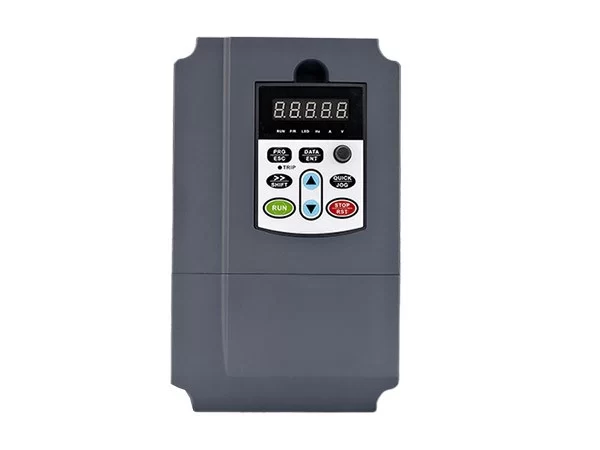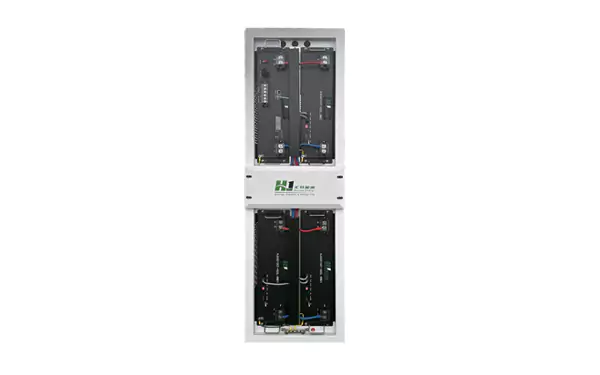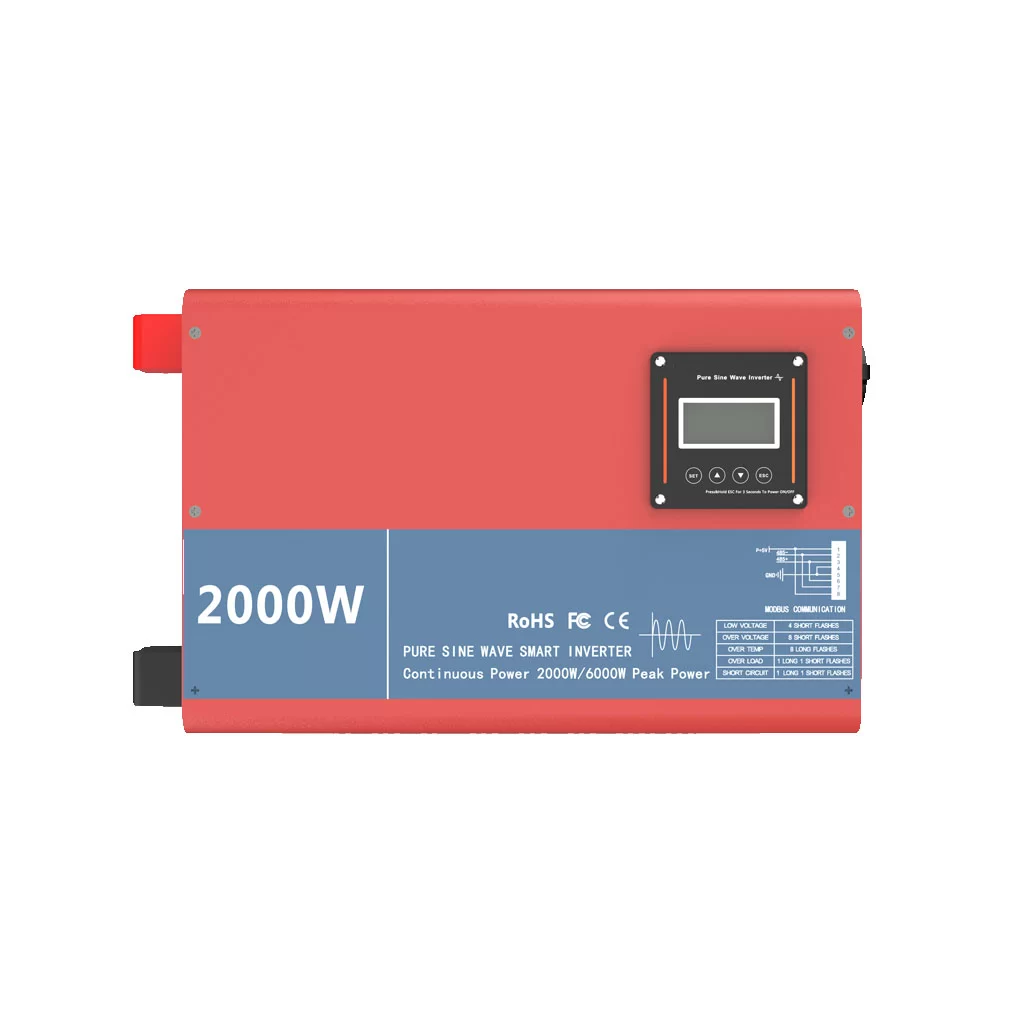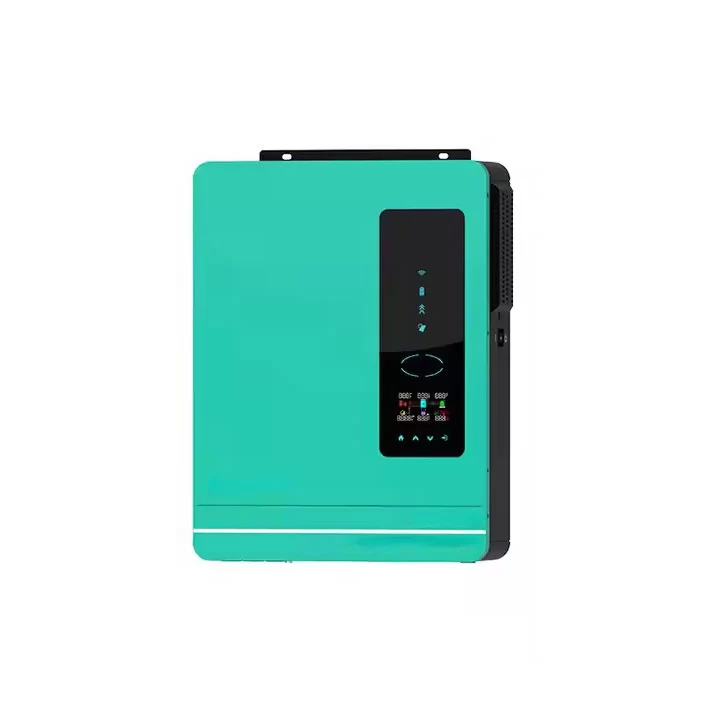Get A Quote Now!
Inverter Failure Without Seeking Help: Self Repair Skills for Household Inverters
When it comes to household energy solutions, generator power inverters are essential. They convert DC power from batteries into usable AC power, enabling us to run various devices smoothly. However, like any technology, inverters can experience faults. Instead of panicking or calling for help, knowing how to troubleshoot and repair your inverter can save you time and money. Let’s dive into common inverter problems and solutions, and see how you can tackle them.
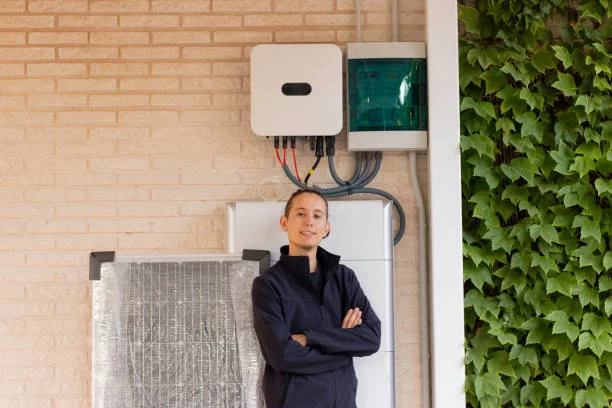
Identifying Common Inverter Faults
Before you dive into repairs, it’s crucial to identify what might be going wrong. Here’s a handy list of common inverter problems and solutions:
No Mains Connection: This means your inverter can’t detect the mains voltage. First, check if your power grid is functional. If it is, use a multimeter to measure the AC output voltage to see if it’s normal.
AC Voltage Exceeds Range: If your inverter is connected far from the transformer, the voltage can fluctuate. To remedy this, consider relocating the access point closer to the transformer or using thicker cables.
Low Insulation Impedance: If the inverter detects low insulation resistance (below 50kΩ), it may indicate a serious safety risk. Check the cables and grounding, and consider using a multimeter to assess the insulation.
Excessive Leakage Current: This is a safety feature kicking in. Disconnect the PV input, restart the inverter, and check your AC ground connections.
How to Reset Inverter Fault
Let’s say your inverter is showing faults. Here’s how you can reset inverter fault conditions effectively:
- Turn Off the Inverter: Disconnect it from the power source to ensure safety.
- Inspect Connections: Look for any loose wires or damaged connections.
- Clean the Inverter: Dust can block airflow, causing overheating. A simple cleaning can do wonders.
- Restart the Inverter: After making necessary adjustments, turn it back on and check for any error codes.
If your inverter still doesn’t cooperate, it might be time for deeper diagnostics.
Case Study: Common Inverter Issues
Take the story of a family who found themselves without power during a storm. Their generator power inverter failed right when they needed it most. Instead of calling a technician, they decided to troubleshoot using basic methods:
- Identified Overheating: They realized the inverter was hot to the touch. After cleaning the vents, they reset the unit and—voilà!—the power was back on.
- Fixed the Display: The display flickered due to a loose wire. A quick tightening did the trick.
This experience taught them that a little knowledge goes a long way. Have you ever found yourself in a similar situation?
Safety Precautions: The Essential Checklist
Before attempting any repairs, consider these safety tips:
- Use Protective Gear: Gloves and goggles are your friends.
- Avoid Water: Ensure your work area is dry.
- Know When to Stop: If something feels off, it’s best to consult a professional.
Industry Trends: The Future of Inverters
The inverter market is evolving, with innovations aimed at improving reliability and efficiency. Newer models boast advanced monitoring features that can alert you to potential problems before they become serious. Isn’t it nice to have peace of mind knowing your system is watching out for you?
Questions to Ponder
- What’s the most challenging inverter issue you’ve faced, and how did you solve it?
- Are you confident in your ability to troubleshoot household electrical systems?
While these questions might lead to deeper discussions, they also encourage you to reflect on your own experiences.
In conclusion, understanding your generator power inverter can empower you to take control of minor issues and extend its lifespan. If you’re interested in more robust solutions, check out Huijue Group’s range of high-quality inverters designed for efficiency and durability.

